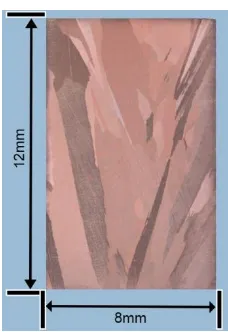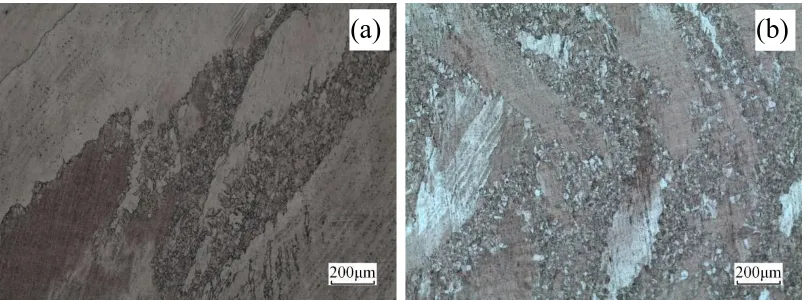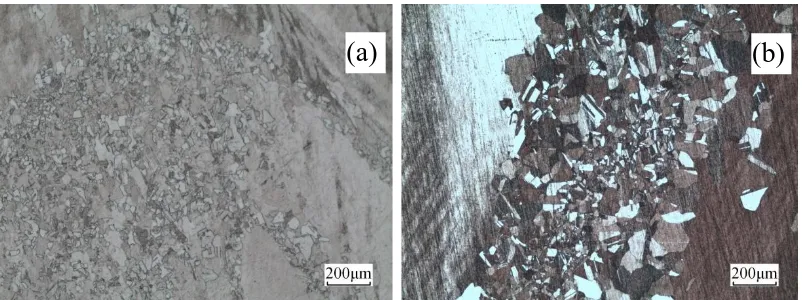Hot Deformation Behavior of Cu-Sn-La Polycrystalline Alloy Prepared by Upcasting
Full text
Figure




Related documents
The study results indicated that the local merchants in both Cijin Seaside Park and Tamshi Fishers’ Wharf fit the unequal-weight averaging rule of policy
mophilus influenzae type b strains, which differ in coding sequences of genes involved in the synthesis of a polysaccharide capsule, especially the hcsA gene.. This gene plays
LCPM OS, a technique to tackle the leakage problem in CM OS circuits, uses single additional leakage control transistor, driven by the output from the pull up and pull down
At the same time, this larger renal solute load may be an important factor in compromising water balance and well being unless additional water is supplied whenever the usual intake
This stage also provides a roll control function for the upper composite during the powered flight phase, and orients the payloads ready for separation during
Mobile Devices: Retrieve image I Web Mapping Service Web Feature Service Portrayal Service Web Mapping Service Aggregate Service Address Matching Service centered at desired
1993 Nominated by the Danish Architects Association as a member of the jury in the Scandinavian competition for a Concert House in Copenhagen, Denmark 1992 Lecture at the
The vocabulary domain results from 2013 and 2014 CRCT showed students with disabilities in the treatment group that received the Journeys reading intervention program had

![Figure 8. Variations of peak stress (σ) with strain rate (ε̇) and deformation temperature (T) of Cu−0.55Sn-0.08La alloy: (a) lnσ versus lnε̇, (b) σ versus lnε̇, (c) lnε̇ versus ln[sinh(ασ)], and (d) T−1 versus ln[sinh(ασ)]](https://thumb-us.123doks.com/thumbv2/123dok_us/1046513.1604896/9.595.200.396.528.689/figure-variations-stress-strain-deformation-temperature-versus-versus.webp)